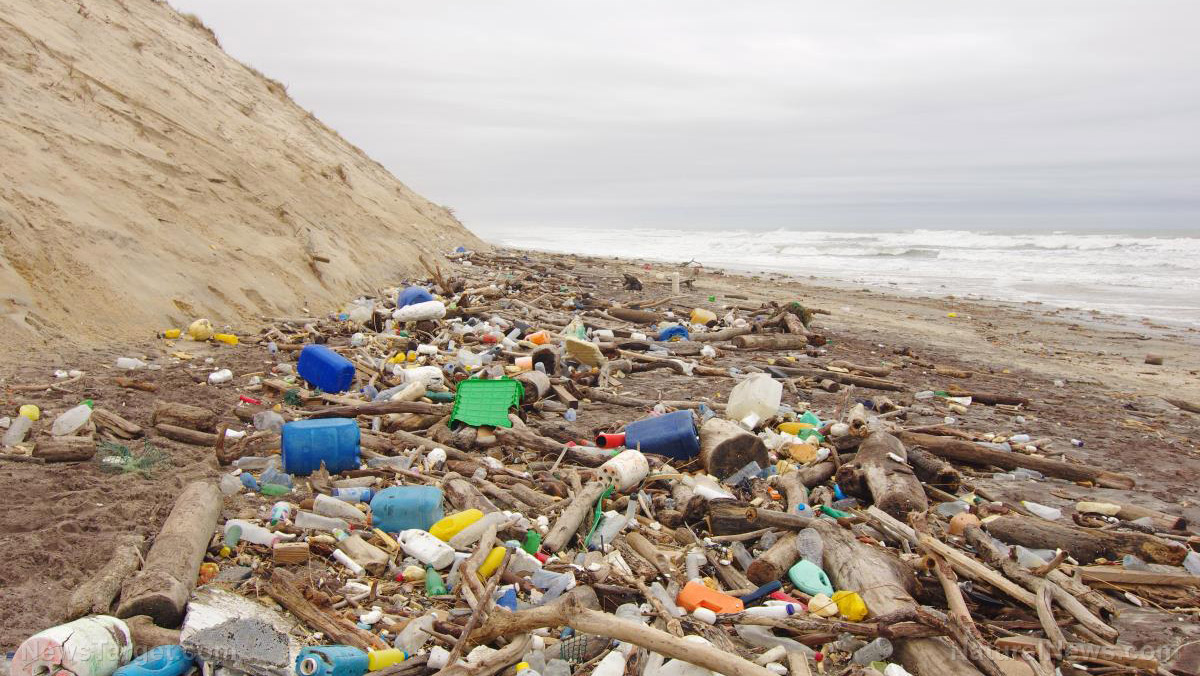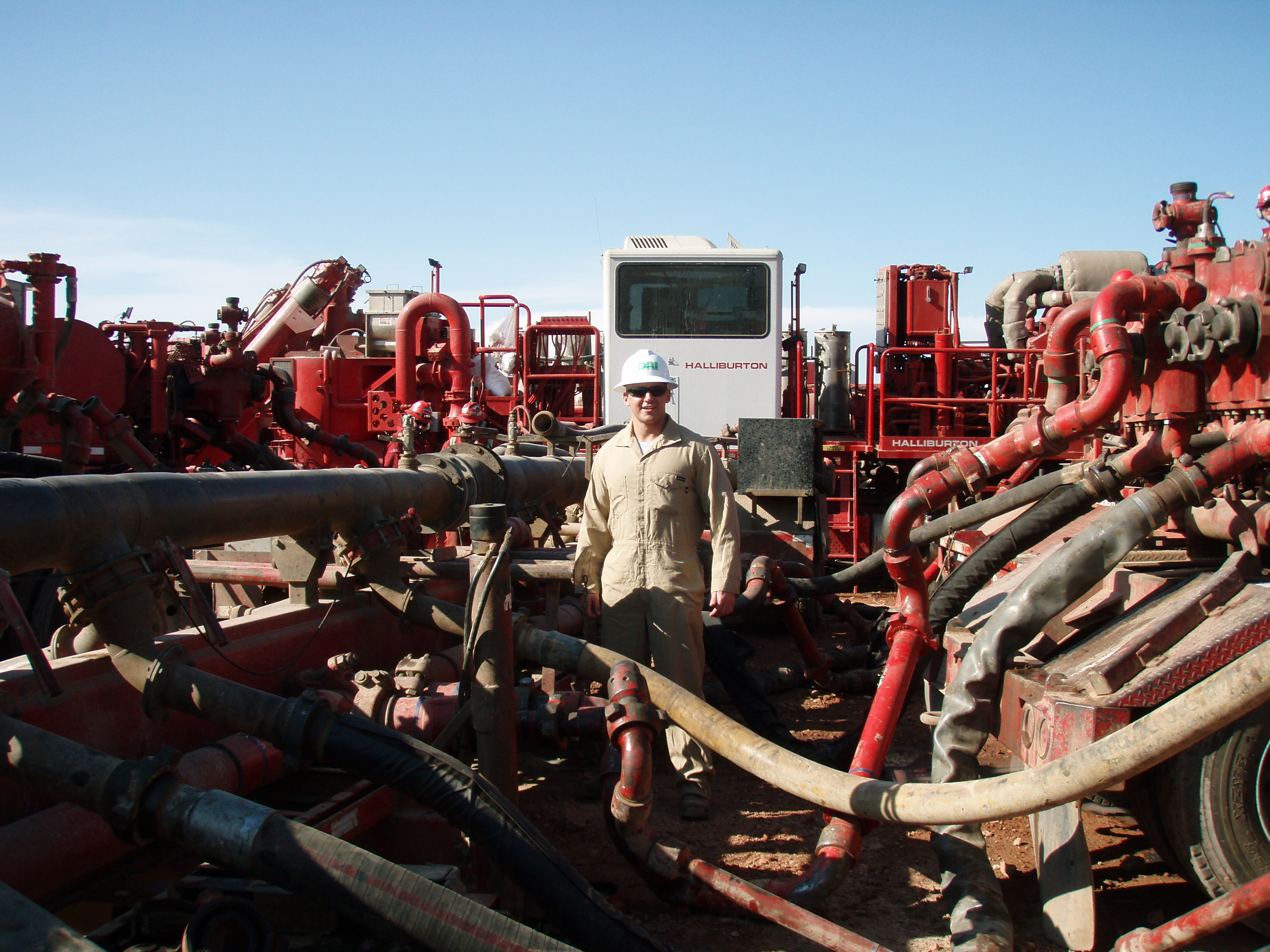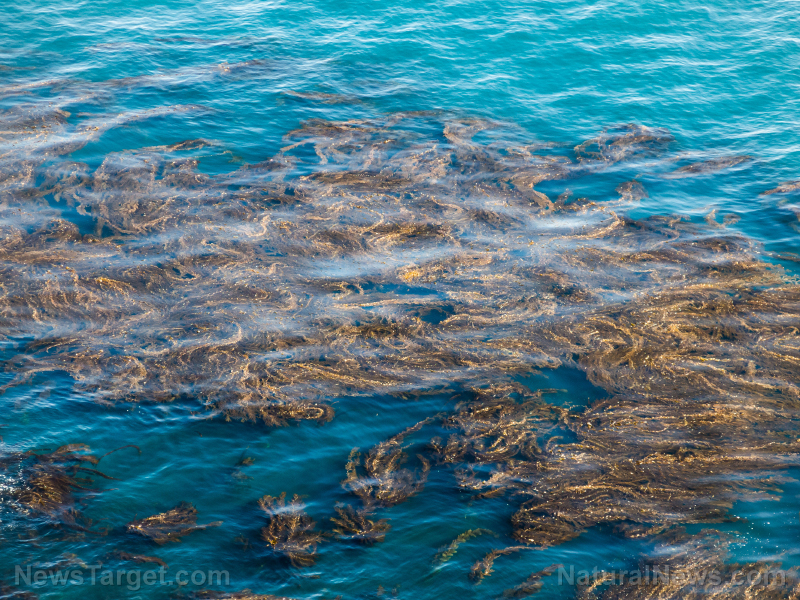
In addition, the fishermen who practice this technique often under-report their actual catches. A lot of what they capture are immature or non-edible fish that get thrown away and end up wasted.
Bottom trawlers target deep-sea fish by dragging massive weighted fishing nets across the seafloor. During a 65-year-long period starting from 1950, they accounted for 25 million tons of 72 different species found deeper than 1,310 feet (400 meters). (Related: Destructive fishing methods, like explosives and poison, are still being used in the Philippines; coral reefs in danger.)
However, most deep-sea fisheries only last 10 or 20 years before collapsing. National Oceanography Centre researcher Lissette Victorero, author of the study, said these boom-and-bust patterns proved that these types of fisheries cannot be sustained.
Fish populations are quickly over-exploited by deep-sea trawling
Earlier studies showed that deep-sea species have longer lives, slower growth rates, and low reproduction rates. These traits make them highly vulnerable to deep-sea trawling. Deep-sea fish populations get devastated far too quickly and they have no time to recover.
In addition, the 25 million tons from bottom trawling only made up 0.5 percent of the total fish caught worldwide. The profit from the few valuable deep-sea species caught by this technique is not enough to justify such destruction, said co-author Les Watling from the University of Hawaiʻi at Mānoa.
Victorero, Watling, and their colleagues added that much of the deep-sea catch is not reported. They determined this by looking at the official reports submitted to the Food and Agriculture Organization of the United Nations (FAO) from 1950 to 2015, as well as estimates from the Sea Around Us project initiative of The University of British Columbia.
The FAO database is derived from the official marine landings reported by countries. According to the researchers, these records could not account for 43 percent of the deep-sea, bottom-trawled catch data.
If the FAO is to be believed, deep-sea trawlers caught 14 million tons from 1950 to 2015. But the Sea Around Us database showed an estimate of 25 million tons.
Deep-sea trawling is indiscriminate and inefficient
Study author Victorero theorized that bottom trawlers also captured plenty of animals that were useless to the fishermen, such as fish that were too young and small to meet size requirements or species that were not profitable. The fishermen would discard the unwanted portion of their catch, so countries would only count the remaining part of the catch landed in the dock.
The U.K. researchers estimate that more than six million tons of "useless" fish was thrown away by deep-sea trawlers during the course of 65 years. Furthermore, they also believe that the FAO failed to account for illegally caught fish outside of official quotas and didn't think to ask for reports of many deep-sea species during the early years of the fisheries.
Because the FAO failed to set quotas for deep-sea fishing, fishermen were free to catch – and throw away – as much as they wanted whenever a new fishery was discovered. For deep-sea fishes, these areas are often found around ridges and seamounts, where the animals gather to feed and breed.
“The study clearly shows that the industry has been based on successively depleting one resource after another leaving behind a barren sea floor which may take decades or centuries to recover,” observed Professor Imants G. Priede of the University of Aberdeen. While not a member of Victorero and Watling's research team, he shared their alarm about the under-reported data.
Find out what you can do to reduce the unsustainable exploitation of deep-sea fishes at Ecology.news.
Sources include:
Please contact us for more information.























